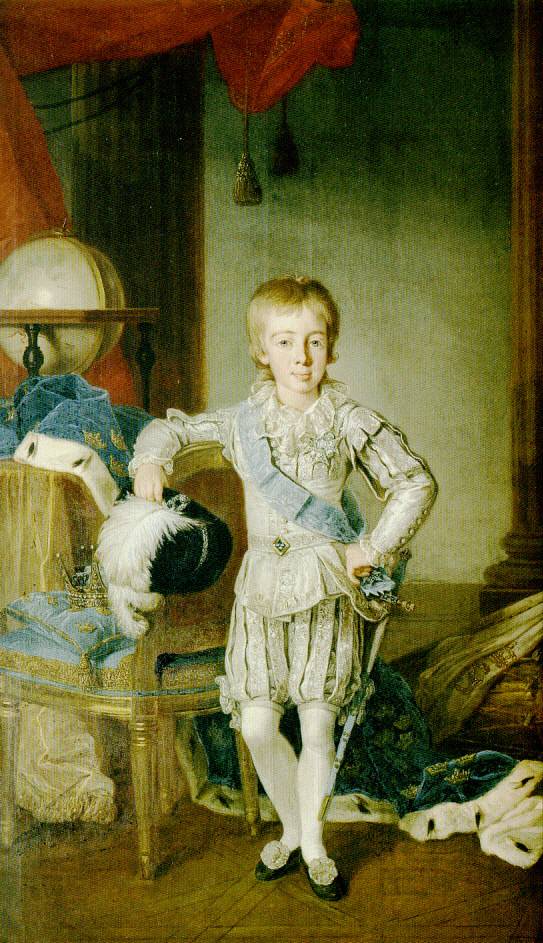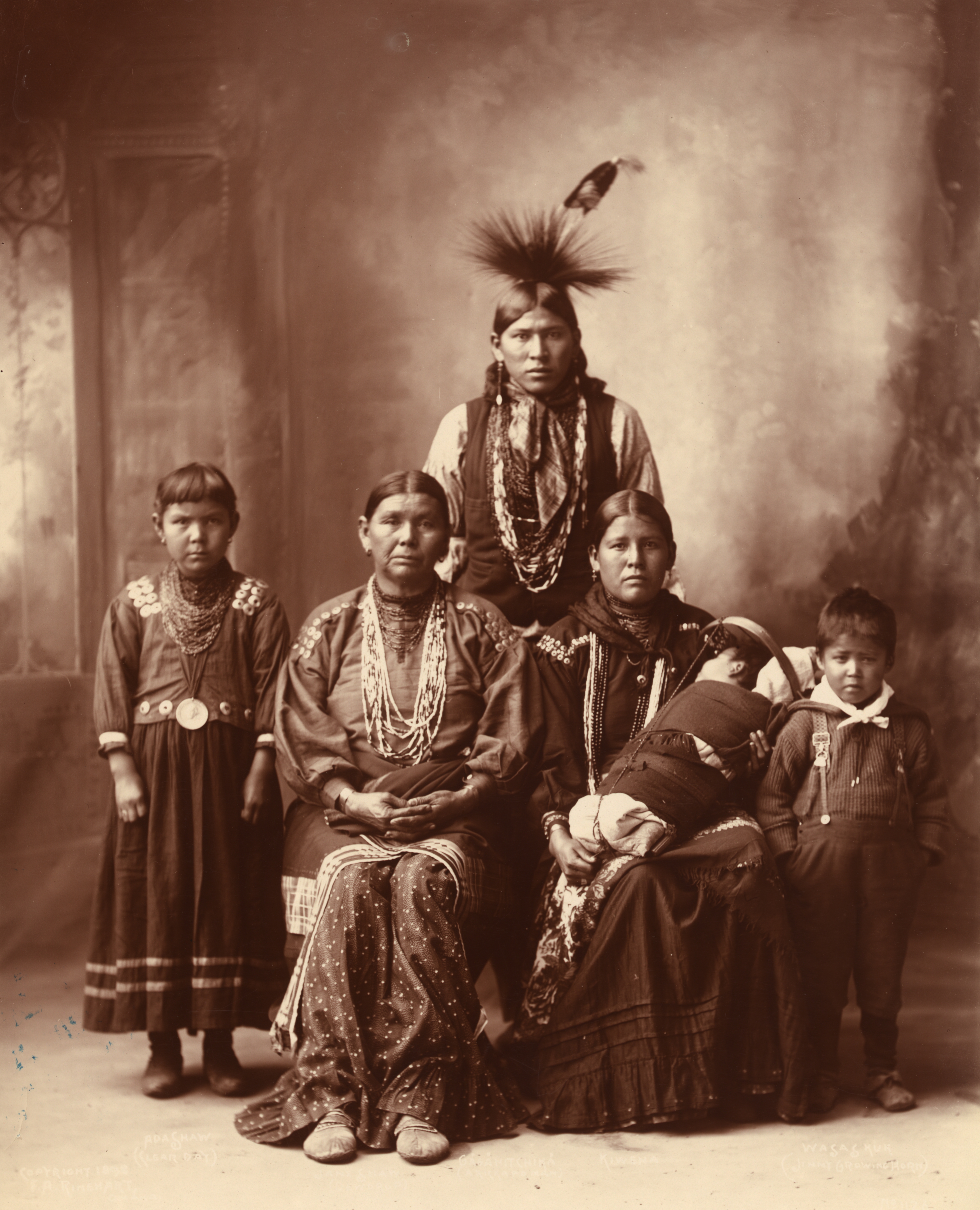|
Gedda Maga
Gedda is a Swedish family with Gude Axelsen Giedde (1510-1590) as earliest attested primogenitor. Georg Gedda was ennobled (n:o 2168) by King Gustav IV Adolf of Sweden in 1797. Speculations of whether Gude Axelsen Giedde was the great-grandson of :sv:Erengisle Gädda of the Swedish noble family Gädda from Småland, Sweden, remain unattested. In any case, he became the asserted primogenitor of the Gedda family ennobled in 1791. References Bibliography * Gedda, Torsten: ''Släkten Gedda från Bohuslän'', Strokirks Bokindustri, Skövde Skövde () is a locality and urban centre in Skövde Municipality and Västra Götaland County, in the Västergötland (Western Gothland region) in central Southern Sweden. Skövde is situated some 150 km northeast of Gothenburg, between ... (1953) Norwegian families Swedish noble families Families of Norwegian ancestry {{Sweden-noble-stub ... [...More Info...] [...Related Items...] OR: [Wikipedia] [Google] [Baidu] |
Coat Of Arms
A coat of arms is a heraldic visual design on an escutcheon (i.e., shield), surcoat, or tabard (the latter two being outer garments). The coat of arms on an escutcheon forms the central element of the full heraldic achievement, which in its whole consists of a shield, supporters, a crest, and a motto. A coat of arms is traditionally unique to an individual person, family, state, organization, school or corporation. The term itself of 'coat of arms' describing in modern times just the heraldic design, originates from the description of the entire medieval chainmail 'surcoat' garment used in combat or preparation for the latter. Rolls of arms are collections of many coats of arms, and since the early Modern Age centuries, they have been a source of information for public showing and tracing the membership of a noble family, and therefore its genealogy across time. History Heraldic designs came into general use among European nobility in the 12th century. Sys ... [...More Info...] [...Related Items...] OR: [Wikipedia] [Google] [Baidu] |
Gustav IV Adolf Of Sweden
Gustav IV Adolf or Gustav IV Adolph (1 November 1778 – 7 February 1837) was King of Sweden from 1792 until he was deposed in a coup in 1809. He was also the last Swedish monarch to be the ruler of Finland. The occupation of Finland in 1808–09 by Russian forces was the immediate cause of Gustav's violent overthrow by officers of his own army. Following his abdication on 29 March 1809, an Instrument of Government was hastily written, which severely circumscribed the powers of the monarchy. The "Instrument" was adopted in 1809 on 6 June, the National Day of Sweden now as well as in his time. It remained in force until replaced in 1974. The crown, now with strictly limited powers, passed to Gustav's uncle Charles XIII, who had no legitimate children; this want of heirs set into motion the quest for a successor, who was found the following year in the person of Jean-Baptiste Jules Bernadotte, the first monarch of the present royal family. ch 37 pp 203-19 Early life Gustav Ado ... [...More Info...] [...Related Items...] OR: [Wikipedia] [Google] [Baidu] |
Norwegian Families
Norwegian, Norwayan, or Norsk may refer to: *Something of, from, or related to Norway, a country in northwestern Europe * Norwegians, both a nation and an ethnic group native to Norway * Demographics of Norway *The Norwegian language, including the two official written forms: ** Bokmål, literally "book language", used by 85–90% of the population of Norway ** Nynorsk, literally "New Norwegian", used by 10–15% of the population of Norway *The Norwegian Sea Norwegian or may also refer to: Norwegian * Norwegian Air Shuttle, an airline, trading as Norwegian **Norwegian Long Haul, a defunct subsidiary of Norwegian Air Shuttle, flying long-haul flights *Norwegian Air Lines, a former airline, merged with Scandinavian Airlines in 1951 *Norwegian coupling, used for narrow-gauge railways *Norwegian Cruise Line, a cruise line *Norwegian Elkhound, a canine breed. *Norwegian Forest cat, a domestic feline breed *Norwegian Red, a breed of dairy cattle *Norwegian Township, Schuylkill ... [...More Info...] [...Related Items...] OR: [Wikipedia] [Google] [Baidu] |
Skövde
Skövde () is a locality and urban centre in Skövde Municipality and Västra Götaland County, in the Västergötland (Western Gothland region) in central Southern Sweden. Skövde is situated some 150 km northeast of Gothenburg, between Sweden's two largest lakes, Vänern and Vättern. It lies on the eastern slope of a low mountain ridge, Billingen (304 m), which cuts through the plain between the lakes. The Western Main Railway ( Västra Stambanan) was built through Skövde in the 1850s, which gave the town a dramatic industrial and population boost. Today, Skövde is home to the headquarters for Skaraborg's District Court and is the Västra Götaland's fourth-largest urban area as well as Sweden's 32nd biggest locality (by population) with 39,580 inhabitants in 2020. History Skövde traces its history back to the Medieval Age. In Skövde's city coat of arms is the image of Saint Elin (also known as Saint Helena), who was considered a pious woman from Skövde. ... [...More Info...] [...Related Items...] OR: [Wikipedia] [Google] [Baidu] |
Småland
Småland () is a historical province () in southern Sweden. Småland borders Blekinge, Scania, Halland, Västergötland, Östergötland and the island Öland in the Baltic Sea. The name Småland literally means ''Small Lands''. The Latinized form has been used in other languages. The highest point in Småland is Tomtabacken, at 377 metres (1,237 ft). In terms of total area, Småland is of a similar size as Belgium. Administration The traditional provinces of Sweden no longer serve any governmental purpose, but they do remain important historically and culturally. The province of Småland today is divided almost entirely into the three administrative counties of Jönköping, Kalmar, and Kronoberg. Some few small portions of historic Småland are situated in Halland and Östergötland Counties. Heraldry The current coat of arms, granted in 1569, displays a rampant red lion carrying a crossbow, all on a golden background. The arms may be surmounted by a ducal c ... [...More Info...] [...Related Items...] OR: [Wikipedia] [Google] [Baidu] |
Family
Family (from la, familia) is a group of people related either by consanguinity (by recognized birth) or affinity (by marriage or other relationship). The purpose of the family is to maintain the well-being of its members and of society. Ideally, families offer predictability, structure, and safety as members mature and learn to participate in the community. Historically, most human societies use family as the primary locus of attachment, nurturance, and socialization. Anthropologists classify most family organizations as matrifocal (a mother and her children), patrifocal (a father and his children), conjugal (a wife, her husband, and children, also called the nuclear family), avuncular (a man, his sister, and her children), or extended (in addition to parents and children, may include grandparents, aunts, uncles, or cousins). The field of genealogy aims to trace family lineages through history. The family is also an important economic unit studied in family economics. ... [...More Info...] [...Related Items...] OR: [Wikipedia] [Google] [Baidu] |
Sweden
Sweden, ; fi, Ruotsi; fit, Ruotti; se, Ruoŧŧa; smj, Svierik; sje, Sverji; sju, Sverje; sma, Sveerje or ; yi, שוועדן, Shvedn; rmu, Svedikko; rmf, Sveittiko. formally the Kingdom of Sweden, is a Nordic countries, Nordic country located on the Scandinavian Peninsula in Northern Europe. It borders Norway to the west and north, and Finland to the east. At , Sweden is the largest Nordic country and the List of European countries by area, fifth-largest country in Europe. The Capital city, capital and largest city is Stockholm. Sweden has a population of 10.5 million, and a low population density of ; around 87% of Swedes reside in urban areas in the central and southern half of the country. Sweden’s urban areas together cover 1.5% of its land area. Because the country is so long, ranging from 55th parallel north, 55°N to 69th parallel north, 69°N, the climate of Sweden is diverse. Sweden has been inhabited since Prehistoric Sweden, prehistoric times, . T ... [...More Info...] [...Related Items...] OR: [Wikipedia] [Google] [Baidu] |
Swedish Nobility
The Swedish nobility ( sv, Adeln eller Ridderskapet och Adeln) has historically been a legally and/or socially privileged class in Sweden, and part of the so-called ''frälse'' (a derivation from Old Swedish meaning ''free neck''). The archaic term for nobility, ''frälse'', also included the clergy, a classification defined by tax exemptions and representation in the diet (the Riksdag). Today the nobility does not maintain its former legal privileges although family names, titles and coats of arms are still protected. The Swedish nobility consists of both "introduced" and "unintroduced" nobility, where the latter has not been formally "introduced" at the House of Nobility (''Riddarhuset''). The House of Nobility still maintains a fee for male members over the age of 18 for upkeep on pertinent buildings in Stockholm. Belonging to the nobility in present-day Sweden may still carry some informal social privileges, and be of certain social and historical significance particularly ... [...More Info...] [...Related Items...] OR: [Wikipedia] [Google] [Baidu] |
Gude Axelsen Giedde
Gude Axelsen Giedde ( sv, Gude Axelsson Gedda) (1510-1590) was a Norwegian military officer, Lutheran prelate, and provost in Kville, Bohuslän, then part of Norway. Biography Gude Axelsen Giedde was born in 1510 in Trondheim, Norway, as a son of Axel Giedde and Margareta Pedersdotter. His father, who was a lieutenant in Trondheim, is said to have lost his nobility due to marriage with a commoner, a daughter of a merchant. Gude married Johanna Pedersdotter, with whom he had at least three sons. It has been speculated that he was the great-grandson of :sv:Erengisle Gädda of the Swedish noble family Gädda from Småland, Sweden, but this remains unattested. In any case, his family descendants were ennobled in the name of Gedda (n:o 2168) by King Gustav IV Adolf of Sweden in 1797; he became the asserted primogenitor of this family. In his youth he studied at the University of Wittenberg in Wittenberg, Holy Roman Empire, and became a follower and friend of Martin L ... [...More Info...] [...Related Items...] OR: [Wikipedia] [Google] [Baidu] |






